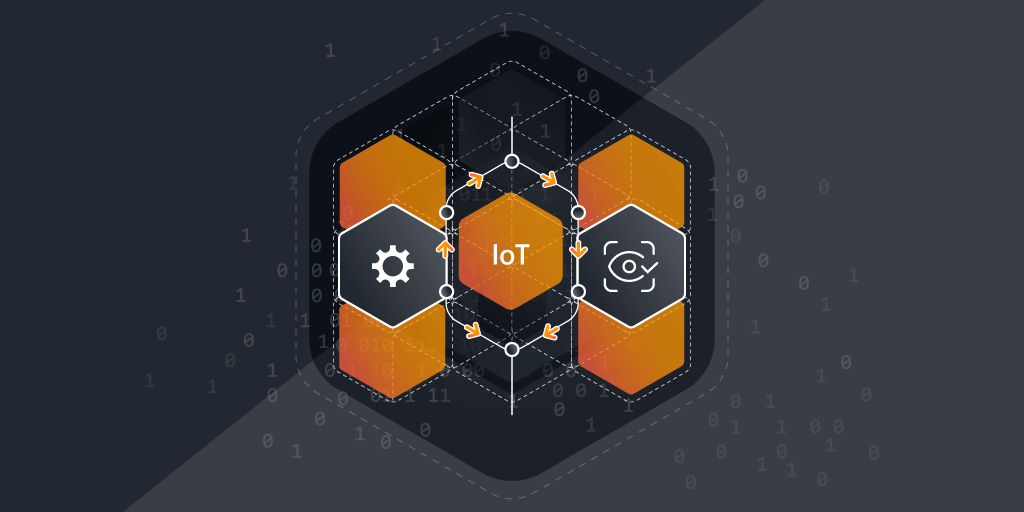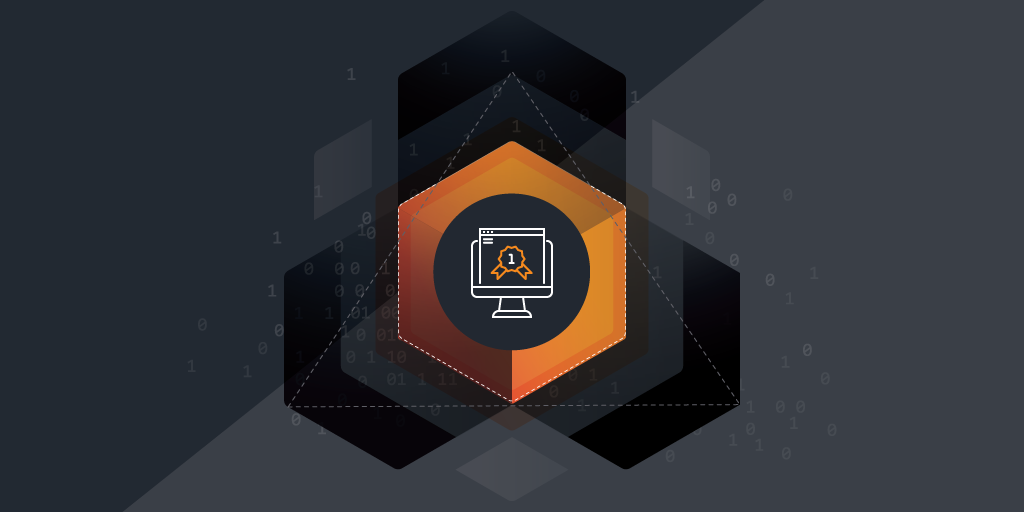
Before the advent of IoT asset tracking, businesses relied on a combination of manual processes and less sophisticated technologies to monitor and manage their assets. Imagine a warehouse where inventory was tracked using paper logs, barcode scanners, and spreadsheets. Employees would physically count and record items, often resulting in time-consuming and error-prone processes. If an asset went missing, it could take days or even weeks to locate it, causing significant operational delays and potential financial losses. The lack of real-time visibility and automated data collection meant that businesses operated with limited insights, relying heavily on human intervention and facing greater risks of errors, inefficiencies, and delays. The transition to IoT asset tracking has revolutionized these processes, providing real-time data, improving accuracy, and enabling more proactive and strategic decision-making. This article explores the fundamentals of IoT asset tracking, diving into its types, underlying technology, and integration with business systems.
What is IoT Asset Tracking?
IoT asset tracking involves using IoT devices and technologies to monitor the location, status, and other relevant data of physical assets in real-time. These assets can include vehicles, machinery, inventory, and personal devices. IoT asset tracking systems utilize sensors, GPS, RFID tags, and other technologies to collect data, which is then transmitted to a central system for analysis and action.
How IoT Asset Tracking Enhances Business Operations
Implementing IoT asset tracking systems can significantly enhance business operations. By providing real-time visibility into the location and status of assets, businesses can streamline inventory management, improve operational efficiency, and reduce losses from theft or misplacement. Additionally, IoT asset tracking enables predictive maintenance, reducing downtime and extending the lifespan of critical equipment.
Types of IoT Asset Tracking Solutions
There are various types of IoT asset tracking technologies, each with unique features and applications. Some of the most common technologies include:
- RFID (Radio Frequency Identification): RFID uses radio waves to communicate between a tag attached to an asset and a reader. This technology is suitable for tracking items in close proximity, such as inventory within a warehouse. RFID tags can be passive (without a power source) or active (with a power source), with passive tags being more common for short-range tracking due to their lower cost.
- GPS (Global Positioning System): GPS utilizes satellites to determine the precise location of an asset anywhere on the globe. This technology is ideal for tracking vehicles and other mobile assets, providing real-time location data. GPS trackers can be integrated into fleet management systems to optimize routes, monitor vehicle usage, and enhance security.
- Bluetooth Low Energy (BLE): BLE provides short-range communication between devices, typically within a range of up to 100 meters. It is often used for indoor asset tracking in environments like offices, hospitals, and retail stores. BLE beacons can be attached to assets and communicate with nearby devices to track their location and movement within a defined area.
- NFC (Near Field Communication): NFC allows for data exchange between devices within a few centimeters. It is commonly used for security and access control, enabling quick and secure verification of asset identity. NFC tags can be embedded in products or used in employee ID cards to control access to restricted areas or track the movement of high-value items.
Comparison of Passive and Active Asset Tracking Solutions
IoT asset tracking solutions can be broadly categorized into passive and active systems:
Passive Asset Tracking:
- Technology: Passive asset tracking relies on tags that do not have their own power source. Instead, they are activated by an external reader when they come within range.
- Common Use: RFID is a common passive tracking technology. Passive RFID tags are frequently used in inventory management and supply chain operations where the proximity of assets to readers is controlled.
- Advantages: These systems are cost-effective because the tags are relatively inexpensive and do not require a power source.
- Limitations: Passive tracking is limited by its shorter range and dependency on external readers; the tags only transmit data when within range, restricting real-time or long-distance tracking. Additionally, RFID-based passive asset tracking has security disadvantages, including eavesdropping, cloning, and tampering risks, which can be mitigated with encryption, strong authentication, access controls, and secure communication protocols.
Active Asset Tracking:
- Technology: Active asset tracking involves tags or devices that have their own power source, allowing for continuous data transmission.
- Common Use: GPS trackers are a prime example of active tracking. They are used for tracking vehicles, equipment, and other mobile assets over long distances, providing real-time location updates.
- Advantages: Active systems provide real-time tracking and can cover long distances, making them suitable for comprehensive asset management and monitoring.
- Limitations: These systems are generally more expensive due to the need for power sources and more sophisticated technology. The maintenance and replacement of batteries or power sources add to the ongoing costs. These solutions also face security challenges, including potential hacking, signal jamming, and unauthorized access, which can be mitigated with robust encryption, strong authentication, secure communication protocols, and regular security audits.
Choosing the Right IoT Asset Tracking Solution for Your Business
Selecting the appropriate IoT asset tracking solution involves evaluating several critical factors to ensure the system aligns with your business needs. Here’s a detailed breakdown of considerations and trade-offs:
Type of Assets:
- Fixed vs. Mobile: Determine whether you are tracking stationary assets like machinery and equipment or mobile assets like vehicles and shipping containers. Mobile assets typically benefit more from active tracking solutions such as GPS, which provide real-time updates over large distances.
- Size and Value: Smaller, less expensive items might be more cost-effectively tracked with passive RFID tags, whereas high-value assets might justify the higher cost of active tracking technologies for added security and real-time monitoring.
Required Range of Tracking:
- Short-Range: For assets within a controlled environment, like a warehouse or a manufacturing plant, technologies such as RFID or Bluetooth Low Energy (BLE) are effective. BLE is particularly useful for indoor tracking due to its short-range communication capabilities.
- Long-Range: If your assets are dispersed over a wide area or frequently on the move, GPS or cellular-based active tracking solutions are more suitable, as they can provide location data across vast distances.
Environment:
- Indoor vs. Outdoor: Indoor environments, where GPS signals might be weak, benefit from BLE or RFID solutions. In contrast, outdoor environments, especially those involving wide geographical coverage, require GPS or other satellite-based tracking systems.
- Harsh Conditions: For assets located in extreme conditions (e.g., high temperatures, exposure to chemicals), ensure the tracking devices are rugged and durable. Passive RFID tags, for instance, can be designed to withstand harsh environments.
Specific Business Needs:
- Real-Time Monitoring: If real-time tracking is crucial for your operations (e.g., logistics and supply chain management), active tracking solutions like GPS are essential.
- Inventory Management: For businesses focused on inventory control and loss prevention within confined spaces, passive RFID solutions can efficiently provide the necessary data at a lower cost.
Cost Considerations:
- Initial Investment vs. Long-Term Costs: Passive systems, like RFID, have lower initial costs due to the inexpensive nature of the tags. However, the cost of readers and infrastructure can add up. Active systems, while more expensive upfront due to the need for powered devices, offer continuous data transmission which might reduce operational costs in the long run by preventing loss and optimizing asset use.
- Maintenance: Consider the ongoing maintenance costs, such as battery replacement for active tags or the durability and lifespan of passive tags in various environments.
Accuracy:
- High Accuracy Needs: Applications requiring precise location data, such as high-value asset management, might necessitate GPS tracking for its accuracy and reliability.
- General Visibility: For less critical assets where general location data suffices, passive RFID or BLE might be adequate and more cost-effective.
By carefully evaluating these factors, your business can choose the IoT asset tracking solution that best meets its operational requirements, optimizes costs, and enhances overall efficiency. Balancing the trade-offs between cost, range, battery life, and accuracy is crucial to making an informed decision that supports your company’s long-term goals.
Security Considerations
When choosing an IoT asset tracking solution, it’s crucial to consider various security aspects to ensure a secure and effective system. Key points to consider include:
- Data Transmission Security: Ensure that data is encrypted during transmission to prevent unauthorized access. Robust encryption protocols help safeguard sensitive information from interception and breaches.
- Authentication and Tamper Resistance: Use strong authentication methods and tamper-resistant hardware to secure the tracking devices and maintain data integrity. These measures protect against unauthorized access and manipulation, ensuring the accuracy and trustworthiness of the tracking data.
Additionally, assess factors like range and coverage, vulnerability to interference, power requirements, and overall cost and scalability. These elements contribute to the system’s security and effectiveness, ensuring comprehensive protection and reliable performance.
Overview of Data Collection and Transmission in IoT Asset Tracking
The process begins with the attachment of tracking devices to the assets. These devices continuously collect data and periodically transmit it to a central database. The data transmission can occur in real-time or at specified intervals, depending on your tracking system’s configuration. Advanced IoT asset tracking systems use edge computing to process data locally, reducing the amount of data sent to the central server and enabling you to make faster decisions.
Integration of IoT Asset Tracking with Existing Business Systems
For IoT asset tracking to be effective, it needs to integrate seamlessly with existing business systems such as ERP (Enterprise Resource Planning), WMS (Warehouse Management Systems), and CRM (Customer Relationship Management). Integration allows for automated data flow between the tracking system and other business processes, ensuring that all departments have access to accurate and up-to-date information. This holistic approach enables better coordination and more informed decision-making across the organization.
Benefits of IoT Asset Tracking
Improved Asset Visibility and Inventory Management
One of the primary advantages of IoT asset tracking is enhanced visibility into asset location and status. Businesses can track the movement of assets in real-time, ensuring accurate inventory counts and reducing the risk of stockouts or overstock situations. This improved visibility helps optimize inventory levels, reduce carrying costs, and increase overall efficiency.
Enhanced Security and Loss Prevention
IoT asset tracking significantly boosts security by providing real-time alerts and notifications if an asset is moved unexpectedly or tampered with. This capability helps prevent theft and unauthorized usage of assets. Additionally, geofencing technology can create virtual boundaries, triggering alerts when an asset enters or exits predefined areas, further enhancing security measures.
Optimized Maintenance and Utilization of Assets
By continuously monitoring the condition and usage patterns of assets, IoT asset tracking systems enable predictive maintenance. This proactive approach helps prevent unexpected breakdowns, reduce downtime, and extend the lifespan of critical equipment. Moreover, businesses can analyze asset utilization data to identify underutilized assets and reallocate them to improve operational efficiency.
Cybersecurity experts can optimize IoT asset tracking by leveraging Lansweeper’s advanced device recognition features. This ensures accurate management of all IT, OT, and IoT assets, eliminating network blind spots. Integrating these features with existing tracking solutions streamlines operations, enhances security, and maintains comprehensive network oversight.
Go Unlimited for 14 days
2 weeks of unlimited scanning
Start now. Use when ready
No card required
Access all features
5-minute onboarding


